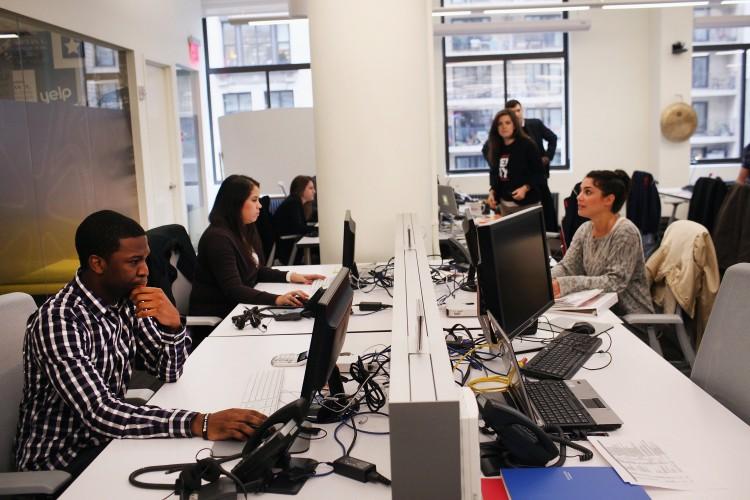A recent survey found that only two out of ten employees in the U.S. say they definitely have a best friend at work.
The quarterly survey was conducted by Gallup in June 2022.

A recent survey found that only two out of ten employees in the U.S. say they definitely have a best friend at work.
The quarterly survey was conducted by Gallup in June 2022.